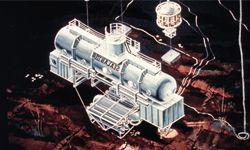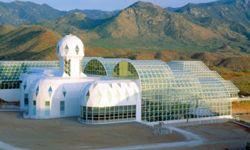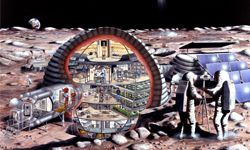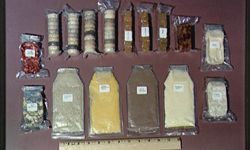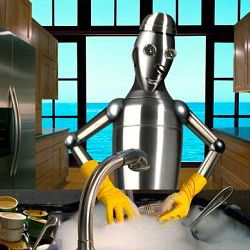I tend to read a lot of publications that focus on advances in technology. Home technology is especially interesting since that's where most of us spend the bulk of our time. But I've read lots of articles about the latest and greatest in home innovations only to wonder a few years later -- hey, whatever happened to that? Sometimes, great ideas are ahead of their time. Other times, the person or company behind them just doesn't have the ability to get things rolling, or they turn out to be too cost-prohibitive or otherwise not practical to implement in everyday life.
A quick search online of future home innovations turns up some amazing videos, many sponsored by appliance or power companies. Many of the features are recognizable, but there are more than a few that never made it past the demonstration stage. Some are pretty laughable, but it's hard not to get caught up in the sunny enthusiasm and confidence of better living through man's innovation. In the post-World War II Atomic Age, anything seemed possible. But throughout the years, we've continued to have plenty of people who thought they had the "next big thing." Let's take a look at some future home innovations ... that actually weren't.
Advertisement

